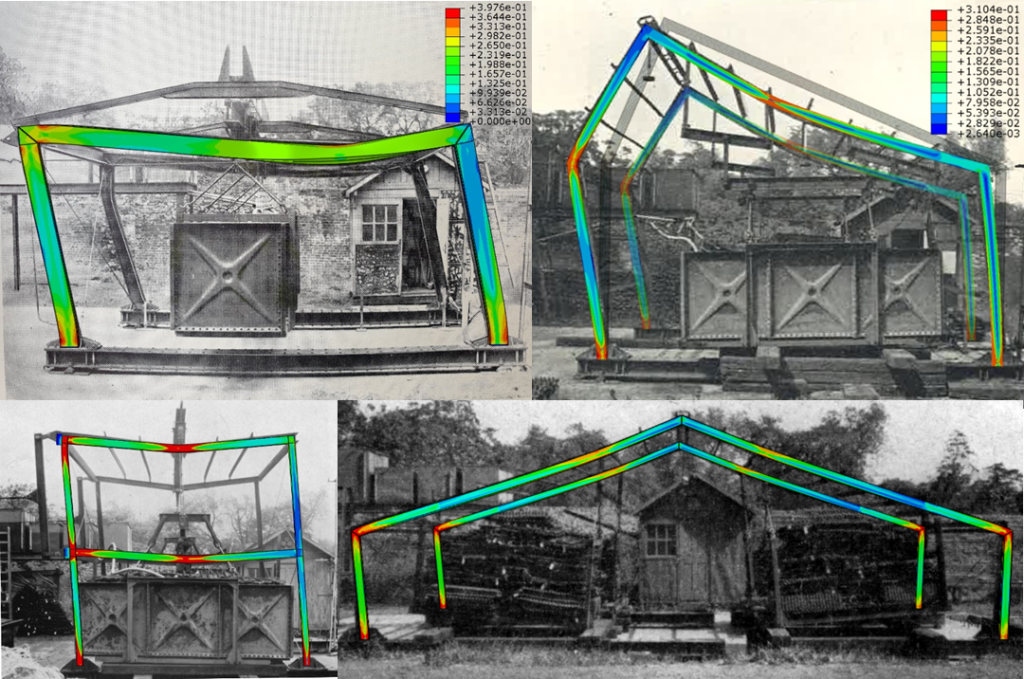We are currently investigating several aspects of Structure Cladding Interaction. If you or your institution have a shared interest, or think we would be interested in collaborating in your project please contact us.
Big Sheds
SCIT was initially formed in response to the failures of cladding systems in several big sheds, and these investigations have been at the core of our research. Many of the more specialised research topics originate with our work into big sheds.
Despite their apparent simplicity big sheds include several complex aspects: plastic design, effects of scale, parasitic diaphragm action, stability of haunch regions, restraint to members by cladding to name but a few. Much of the fundamental research into the design and behaviour of portal frames was finalized in the 1980’s, therefore modern design guidance fails to take into account the rapid increase in size and the changes in cladding systems which have occurred since then.
SCITIC and SCITs inaugural publications have focussed on big sheds, and modelling of these structures was the topic of Dr Michael Roberts’ PhD thesis.
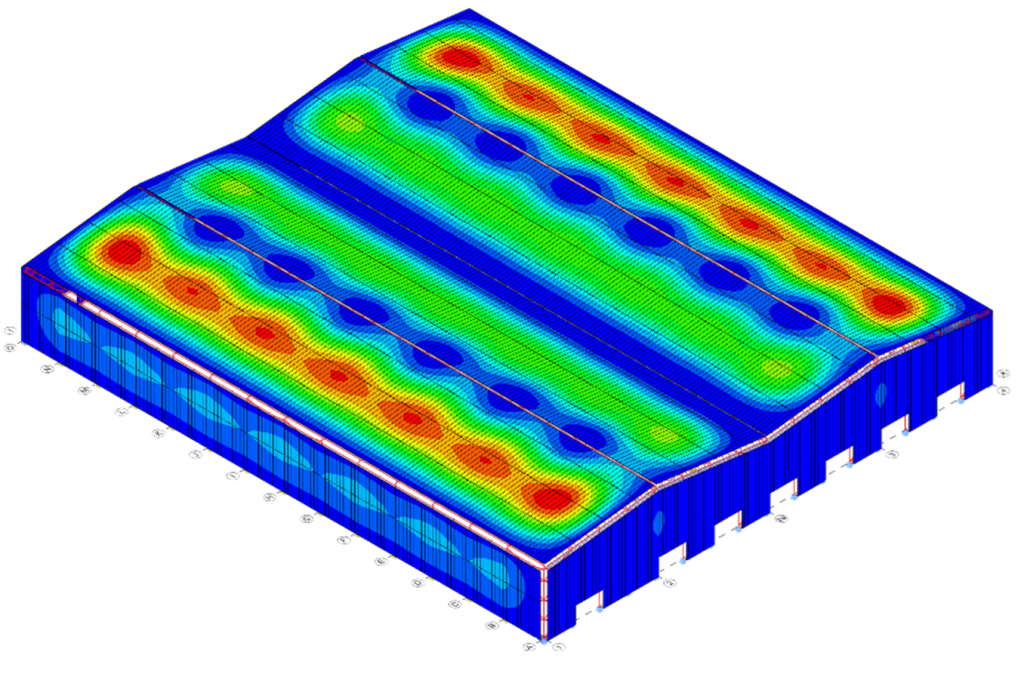
Light gauge steel frames
Lightweight single-storey buildings composed entirely with cold formed steel (CFS) sections are becoming a viable alternative to conventional hot rolled steel frames. Typical frames may span up to around 20m, however this span is increasing year on year.
There has been little consideration about how structure cladding interaction impacts these structures, although initial research suggests that parasitic diaphragm forces may cause damage to the gable frames.
We are currently investigating how effects of scale are having an impact on CFS, and how best such structures might be designed to avoid unwanted consequences of structure cladding interaction.
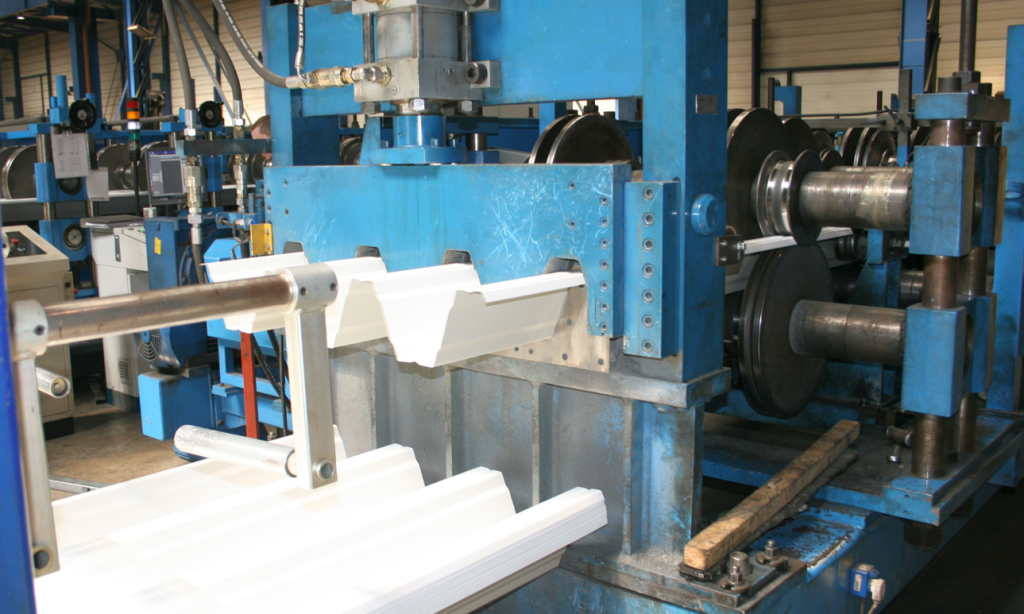
Fastener behaviour
Fasteners play a critical role in the behaviour of cladding systems, and are at the heart of many forms of structure cladding interaction.
Although fastener technology is relatively well understood and developed, we want to take this further and better understand exactly what is happening. In collaboration with Dr Gryniewicz of Bialystok University of Technology we are utilizing full-field point-based 3D measurements to better understand these connections, as well as to calibrate our finite element models.
We are also investigating how modern statistical methods such as Design of Experiments can be used to help interpret results more effectively.
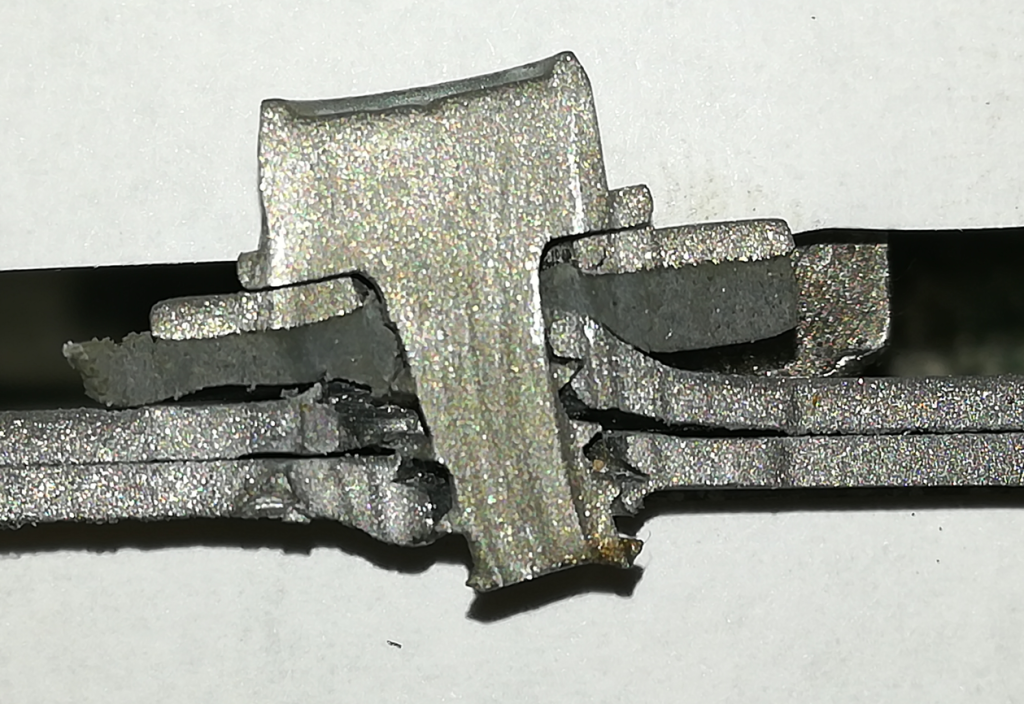
Frameless construction design and analysis
As well as utilising our software to design a range of structures, we are also actively investigating how current design practice might be improved.
As well as investigating different steel profiles, and cassettes (structural liner trays), we are investigating different structural forms, and the use of curved sections.
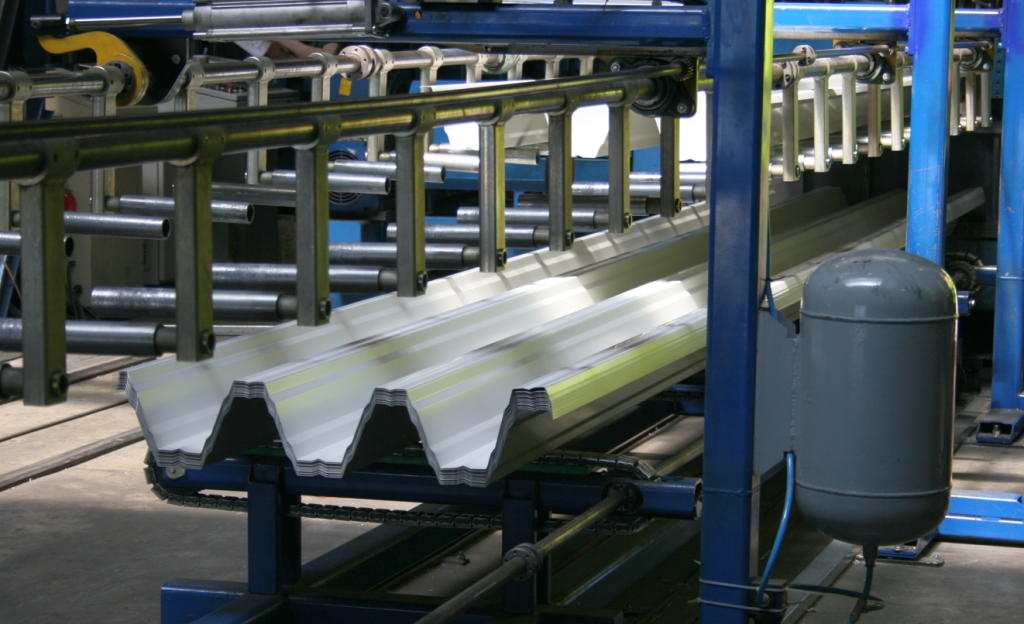
Stressed skin and parasitic diaphragm action
With one of the founding fathers of stressed skin theory on our team we could hardly not continue actively investigating stressed skin theory. This involves extending the theory to account for modern construction materials and cladding systems, as well as modernizing the design process.
However, more of our research effort is involved in parasitic (unwanted) diaphragm action and its consequences, determining the behaviour of structures which were not designed considering the effects of cladding and trying to establish the serviceability limit state of structures.
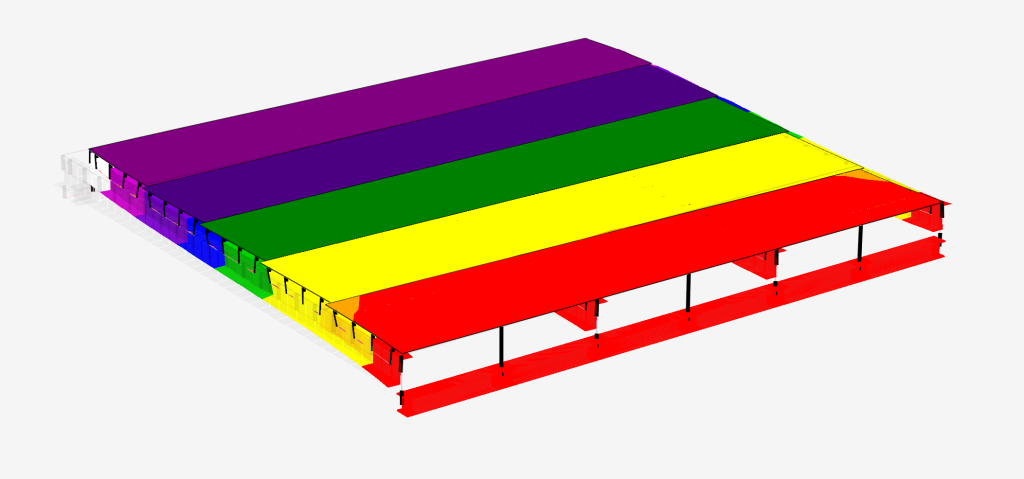
Plastic design and analysis
Plastic theory has been successfully used for decades when designing portal frames, however, there are a number of concerning factors when looking back over the history of plastic design.
Modern structures are far taller, and more slender than the stocky frames upon which plastic design was first based. We are investigating how effects of scale impact the underlying principles of plastic design, and uncovering safety concerns along the way.
